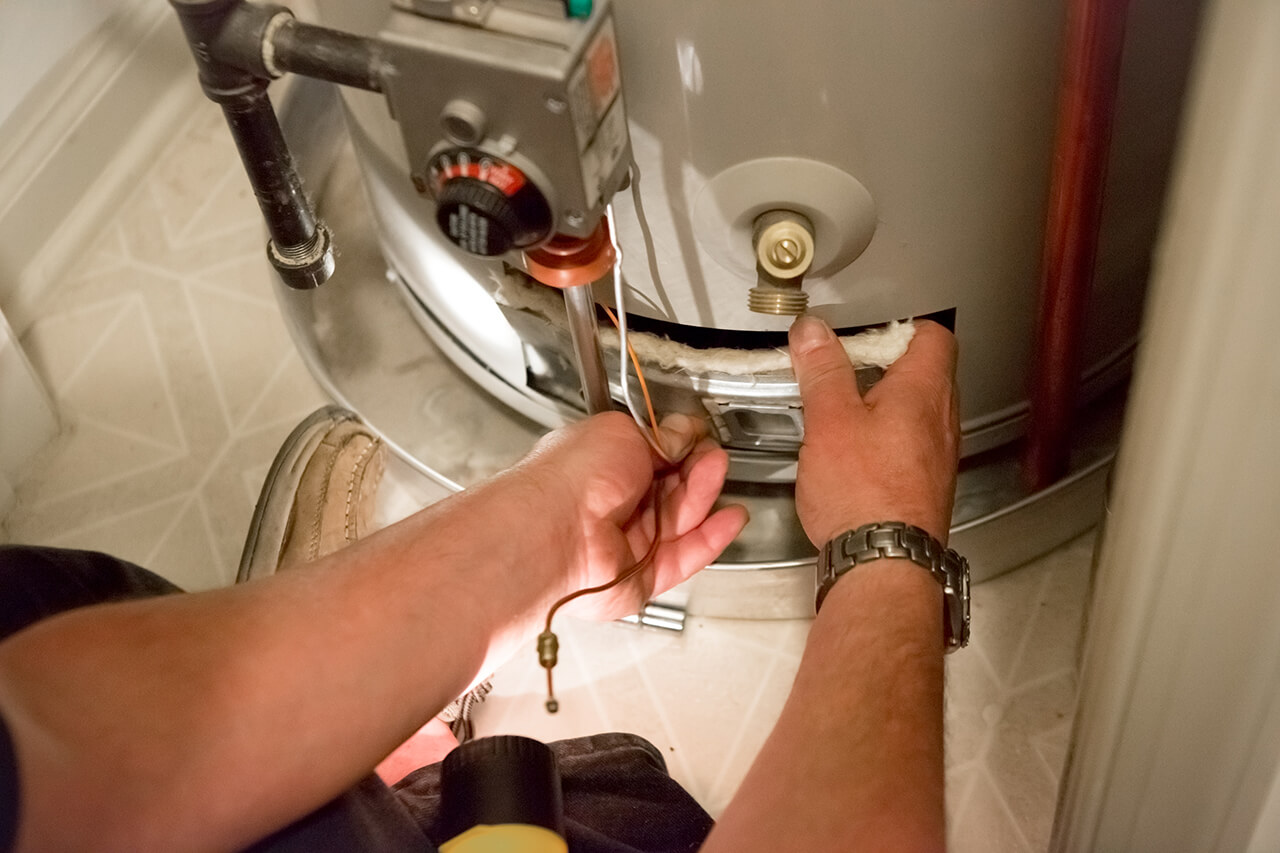
Find top rated plumbing installers for a remodel or addition in your area
Enter your zip and get matched with up to 3 pros
Matching on HomeAdvisor


Plumbing installers for a remodel or addition near you
Verified Reviews for Plumbing Installation For A Remodel Or Addition pros in
*The Angi rating for Plumbing Installation For A Remodel Or Addition companies in is a rating based on verified reviews from our community of homeowners who have used these pros to meet their Plumbing Installation For A Remodel Or Addition needs.
*The HomeAdvisor rating for Plumbing Installation For A Remodel Or Addition companies in is a rating based on verified reviews from our community of homeowners who have used these pros to meet their Plumbing Installation For A Remodel Or Addition needs.
Last update on
Plumbing for a Remodel or Addition - Install FAQs
Rainwater recycling systems reliably provide service for 15 to 30 years. If you opt for high‑quality tanks made from fiberglass or concrete, you can extend their operational life even further. On the other hand, rain barrels typically last no more than 15 years because exposure to UV rays and harsh weather conditions degrades their material over time. Knowing this difference can help you choose the right system for your long‑term water collection needs.
Contractors install a cistern system by first selecting the method that matches your site's requirements. For above‑ground installations, they position the cistern beneath your downspout to capture direct runoff. For underground installations, they excavate the area, position and route the cistern for water distribution, and then seamlessly connect it to your home's plumbing. A final inspection confirms that the system delivers water efficiently for both irrigation and household use.
A cistern functions by gathering rainwater from roof runoff via gutters and downspouts or from water seeping naturally into the ground. It stores the collected water in a durable tank that supplies water for irrigation, household plumbing, and other applications. Integrated filtration and distribution systems then ensure that the stored water is delivered safely and efficiently for various uses.
You can store rainwater as long as the water quality is maintained and the storage container remains intact. When used for landscape irrigation, your stored water remains safe as long as you prevent algae growth through regular cleaning. For potable use, proper treatment and durable, non-degradable containers can secure the water indefinitely. This approach ensures that your stored water remains usable until it's replenished by new rainfall.
The amount of rainwater you can collect depends on the size of your collection surface and the rainfall intensity. For every inch of rain on a 1,000‑square‑foot roof, you can collect between 550 and 630 gallons of water. If your roof is this size and you receive half an inch of rain, your system can produce an average of 225 gallons.
Yes, harvesting rainwater is cost‑effective because it provides you with continuous access to water without recurring expenses. While there's an initial investment, you'll offset that cost through long‑term savings on your water bills. With the stored water supporting your landscape irrigation, household water needs, and even domestic uses with proper treatment, this efficient system enhances your home's sustainability and reduces your utility costs.





- Plumbing - Multiple Projects
- Plumbing Item Repair
- Water Heater - Repair or Service
- Sink Repair
- Drain Repair
- Shower Install or Replace
- Pipe Repair
- Tankless Water Heater - Install
- Water Main - Install, Replace or Repair
- Sump Pump - Repair or Replace
- Faucets, Fixtures and Pipes - Repair or Replace
- Plumbing Item Installation
- Sink Installation
- Pipe Installation
- Faucet Installation
- Gas Piping
- Plumbing Multi-Item Installation
- Water Heater - Install or Replace
- Sewer Main - Install, Replace or Repair
- Drain Installation
- Plumbing Multi-item Repair
- Toilet Installation
- Sump Pump or Interior Foundation Drains - Install



